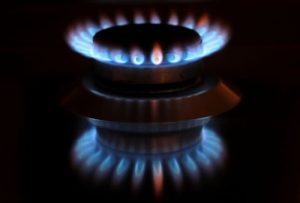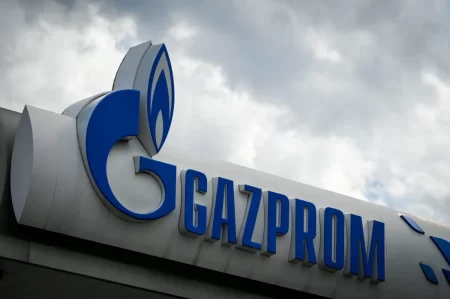 News wire — U.S. natural gas futures rose 3% on Friday on forecasts for warmer weather and higher gas demand in mid to late September.
News wire — U.S. natural gas futures rose 3% on Friday on forecasts for warmer weather and higher gas demand in mid to late September.
In the West, California’s power grid urged customers to conserve energy for a 10th consecutive day as homes and businesses crank up air conditioners to escape a brutal heat wave lingering over the drought-stricken region since the start of September. The heat wave is expected to break on Saturday.
That gas price increase came despite the ongoing outage at the Freeport liquefied natural gas (LNG) export plant in Texas, which has left more gas in the United States for utilities to inject into stockpiles for next
winter.
Freeport, the second-biggest U.S. LNG export plant, was consuming about 2 billion cubic feet per day (bcfd) of gas before it shut on June 8. Freeport LNG expects the facility to return to at least partial service in early to mid-November.
Front-month gas futures rose 21.7 cents, or 2.7%, to $8.132 per million British thermal units (mmBtu) at 8:12 a.m. EDT (1212 GMT).
That puts the contract on track to decline about 8% for the week after sliding about 5% last week. It would be the contract’s biggest weekly loss since early July and the first time it fell for three weeks in a row since early July.
So far this year, gas futures were up about 119% as higher prices in Europe and Asia keep demand for U.S.
LNG exports strong. Global gas prices have soared due to supply disruptions and sanctions linked to Russia’s Feb. 24 invasion of Ukraine.
Gas was trading around $63 per mmBtu in Europe and $53 in Asia.
Russian gas exports via the three main lines into Germany – Nord Stream 1 (Russia-Germany), Yamal (Russia-Belarus-Poland-Germany) and the Russia-Ukraine-Slovakia-Czech Republic-Germany route – averaged just 1.4 bcfd so far in September, down from 2.5 bcfd in August and 10.8 bcfd in September 2021.
TOP PRODUCER
U.S. gas futures lag far behind global prices because the United States is the world’s top producer with all the fuel it needs for domestic use, while capacity constraints and the Freeport outage prevents the
country from exporting more LNG.
Data provider Refinitiv said average gas output in the U.S. Lower 48 states rose to 99.1 bcfd so far in September from a record 98.0 bcfd in August.
Refinitiv projected average U.S. gas demand, including exports, would drop from 97.4 bcfd this week to 92.9 bcfd next week as the weather cools before rising to 93.3 bcfd in two weeks as the weather warms again.
The forecast for next week was lower than Refinitiv’s outlook on Thursday.
The average amount of gas flowing to U.S. LNG export plants rose to 11.1 bcfd so far in September from 11.0 bcfd in August. That compares with a monthly record of 12.9 bcfd in March. The seven big U.S. export plants can turn about 13.8 bcfd of gas into LNG.
The reduction in exports from Freeport is a problem for Europe, where most U.S. LNG has gone this year as countries there wean themselves off Russian energy.
Gas stockpiles in northwest Europe – Belgium, France, Germany and the Netherlands – were
currently about 4% above their five-year (2017-2021) average for this time of year, according to Refinitiv.
Storage was currently around 84% of capacity.
That is much healthier than U.S. gas inventories, which were still about 12% below their five-year norm.
- Reuters
- Follow us on twitter



